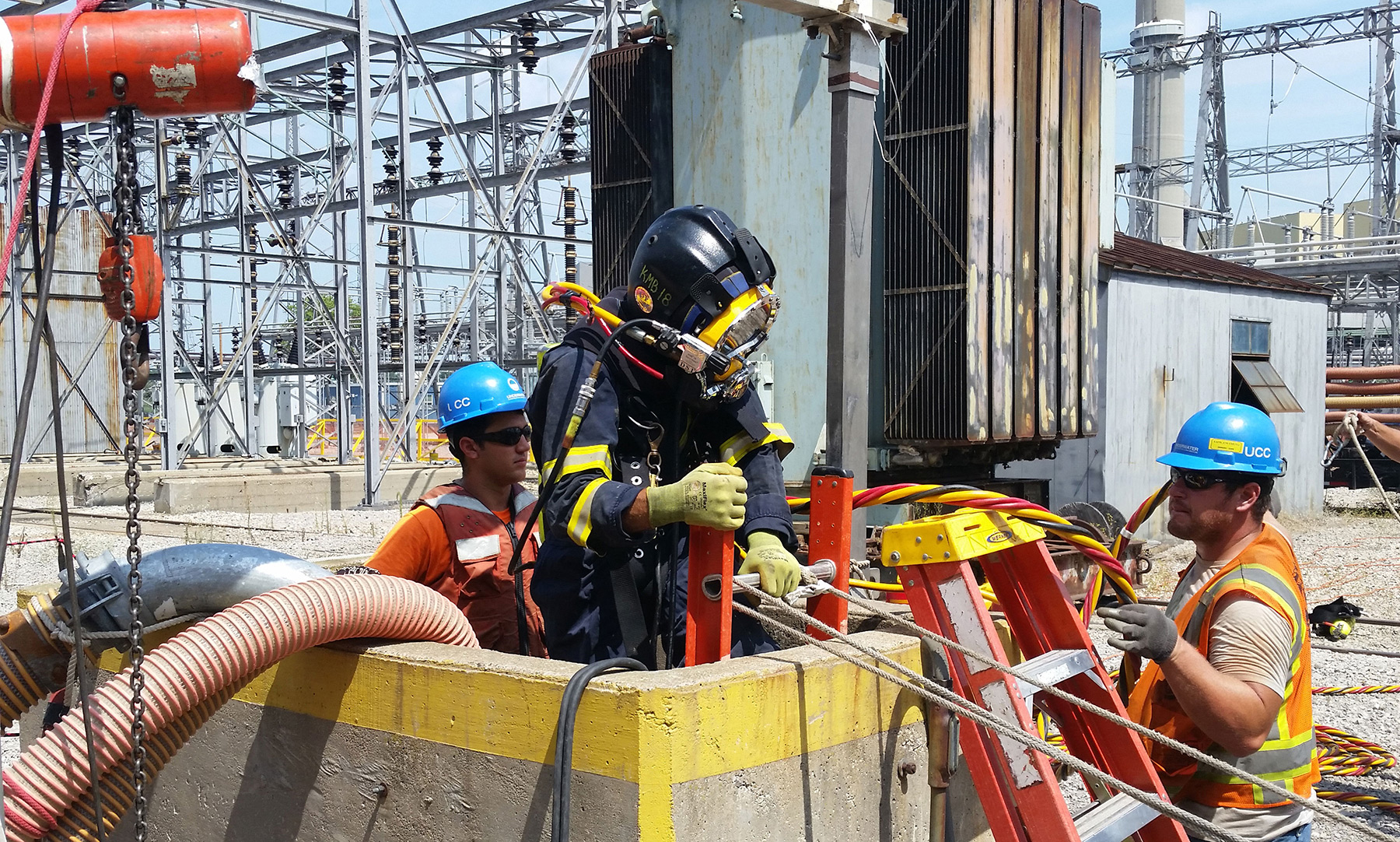Underwater Mineral Processing Services: Water Treatment Plant – Alum Sludge Removal & Geotextile Tube Dewatering
The Challenge Many municipal and private water treatment plants need to condition their incoming raw water with the removal of suspended solids materials. This task is typically performed through chemical conditioning with the addition of an approved precipitating / flocculating chemical in preparation for gravity settling of these solids. [...]











